Dust collectors can be divided into two categories:
① Dry dust collector: mainly including inertial dust collector, electric dust collector, bag dust collector, cyclone dust collector, etc.
② Wet dust remover mainly includes spray tower, impact dust collector, Venturi scrubber, foam dust collector and water film dust collector.
At present, the most commonly used are cyclone separator, electrostatic precipitator and bag filter. So how to choose a suitable dust collector? Next, Fodamon engineer summarizes the following points:
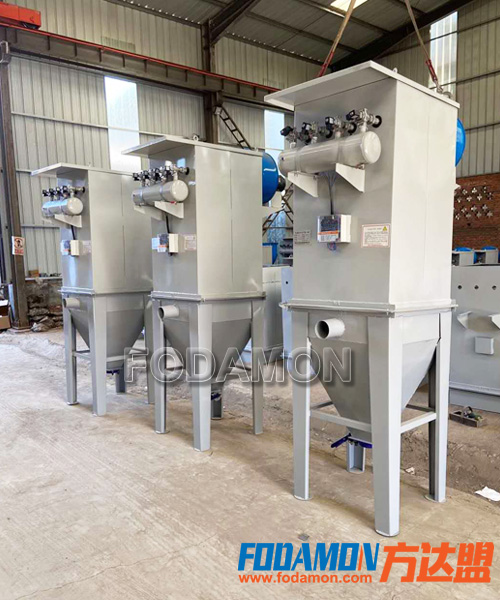
01. Model selection according to gas treatment capacity
The amount of gas to be treated is the decisive factor for the size and type of dust collector. For the amount of air, the dust collector with large gas to be treated must be selected. If multiple dust collectors with small gas to be treated are used in parallel, it is often uneconomical; For small gas volume, it is necessary to compare which type of dust collector is the most economical and easy to meet the environmental protection requirements of dust source point control and dust emission.
After the dust collector enters the actual operation, it is sometimes difficult to predict due to the influence of operation and environmental conditions. Therefore, when determining the equipment capacity, it is necessary to ensure that there is a certain margin or reserve some space that may increase the equipment.
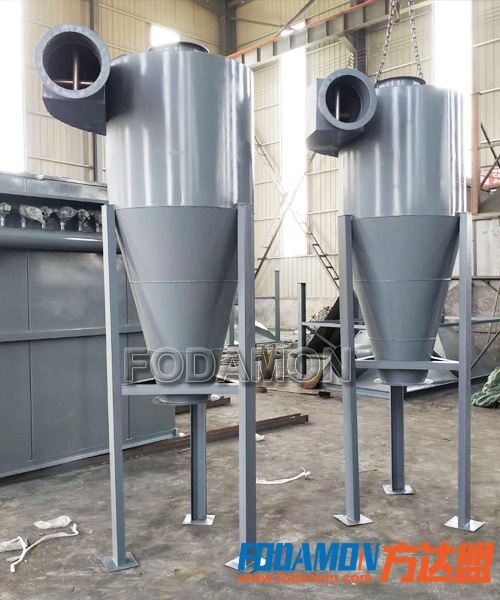
02. Selection according to the degree of dispersion and density of dust
The degree of dust dispersion has a great influence on the performance of the dust collector, and the degree of dust dispersion is the same, and there are differences due to different operating conditions. Therefore, when selecting the dust collector, the first thing to do is to accurately grasp the degree of dust dispersion. For example, when the particle size is more than 10μm, the cyclone dust collector can be selected; when the particle size is mostly below a few microns, the electrostatic precipitator should be selected. Bag filter. The specific selection can be based on the dispersion and other requirements, refer to the common dust collector type and performance table for preliminary selection, and then determine according to other conditions and the type and performance of the dust collector.
The dust density also has a great influence on the dust removal performance of the dust collector. The most obvious manifestation of this effect is gravity, inertial force and centrifugal force dust collectors. One common point of all dust collectors is that the smaller the bulk density, the more difficult it is to separate and capture the dust particles, and the more serious the secondary flying of dust, so special measures should be taken in the operation and equipment structure.
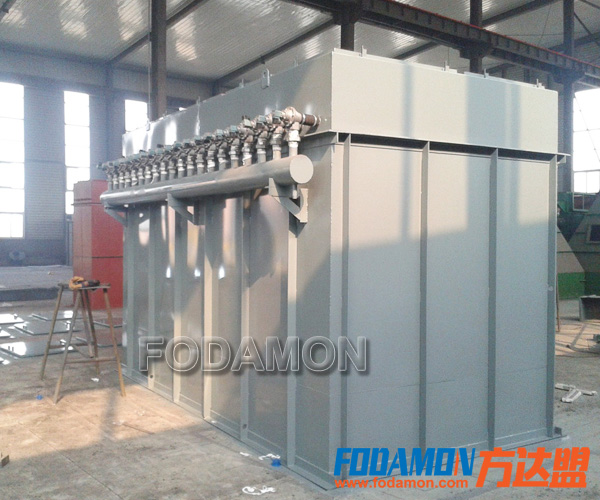
03. Type selection according to gas dust concentration
For gravity, inertia force and cyclone, the greater the dust concentration at the inlet, the higher the dust removal efficiency. However, this will increase the dust concentration at the outlet. Therefore, it can not be generally considered that the dust treatment effect is good only according to the high dust removal efficiency. For wet dust collectors such as venturi dust collector and jet scrubber, the initial dust concentration is 10g / m ³ The following are appropriate; For bag filter, the lower the dust concentration, the better the dust removal performance. When the initial concentration is high, the pressure loss and discharge concentration can also meet the environmental protection requirements. The initial concentration of electrostatic precipitator is 30g / m ³ Below, it can also be used without pre dust remover.
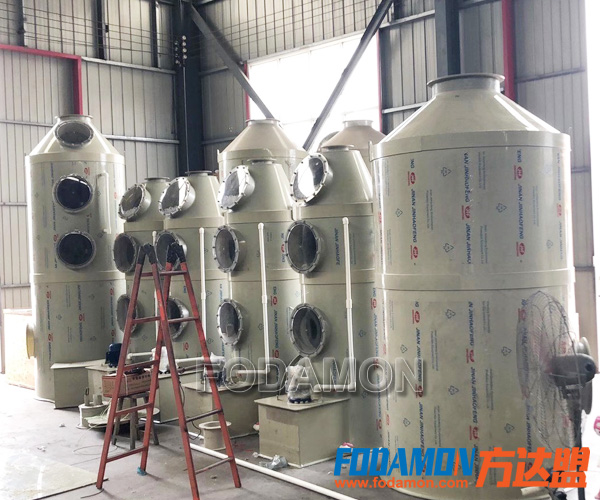
04. Influence of dust adhesion on type selection
The adhesion mechanism between dust and wall is closely related to the specific surface area and moisture content of dust. The smaller the particle size D, the larger the specific surface area, the more the water content, and the greater the adhesion.
In the cyclone dust collector, the dust adheres to the wall due to centrifugal force, which is in danger of blockage; The dust adhered to the bag filter is easy to block the hole of the filter bag; The electrostatic precipitator is easy to accumulate dust on the discharge electrode and dust collector.
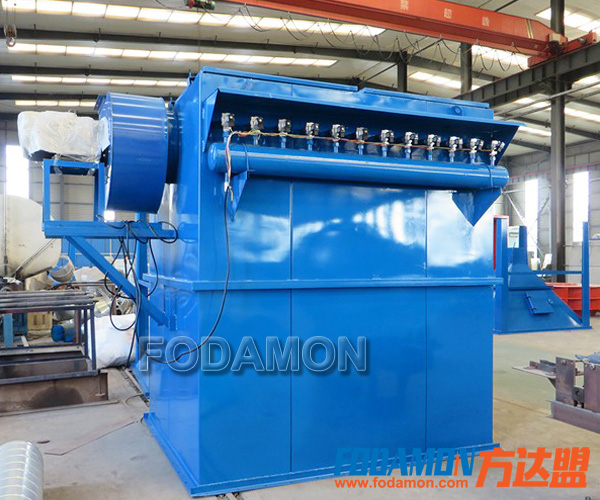
05. Influence of dust specific resistance on type selection
The dust specific resistance of electrostatic precipitator shall be within the range of 104 ~ 10N Ω· cm. The specific resistance of dust varies greatly with the temperature and humidity of dusty gas. For the same kind of dust, the specific resistance is the largest between 100 ~ 200 ℃; If sulfur is added to the dusty gas for conditioning, the specific resistance will be reduced. Therefore, when selecting electrostatic precipitator, it is necessary to master the specific resistance of dust in advance, and fully consider the selection of dust gas temperature and the adjustment of dust gas properties.
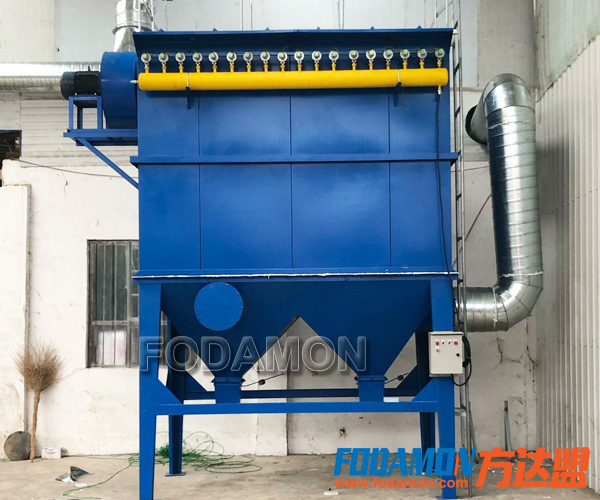
06. Influence of dusty gas temperature on model selection
In principle, the dry dust collector must be operated at the temperature above the dew point of dusty gas. In the wet dust collector, due to the evaporation of water and condensation after discharge to the atmosphere, it should be treated at low temperature as far as possible. In the filter cartridge dust collector, the temperature of directly or indirectly treating dusty gas shall be reduced below the heat-resistant temperature of the filter cloth. The service temperature of glass fiber filter cloth is generally below 260 ℃. Other filter cloth is between 80 ~ 200 ℃. In the electrostatic precipitator, the service temperature can reach 400 ℃. The specific resistance of dust and the thermal expansion of dust collector structure shall be considered to select the temperature for treating dusty gas.
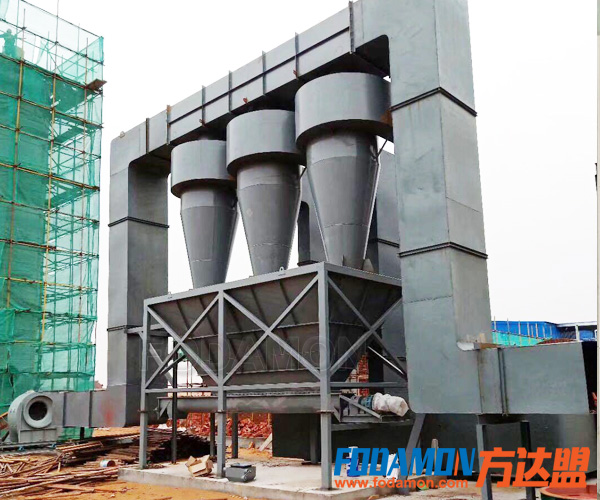
07. Precautions for selecting wet dust collector
Most of the wet dust collectors use water. If the scale of dust source equipment is small and harmful gas needs to be removed at the same time, or extremely fine carbon black, lead dust and other dust need to be completely captured, wet dust collector is often used. Sewage treatment shall be considered when selecting wet dust collector to prevent secondary pollution.
In addition, in order to make effective use of the dust collector, it should be treated according to the situation. When handling flue gas containing carbon monoxide, explosion prevention measures shall be taken, such as introducing air into the high-temperature part of the flue at the outlet of the generator to oxidize carbon monoxide into carbon dioxide.
In addition to the pre selection of dust removal gas according to the above basic factors, the type selection can also be carried out according to the following factors:
Analyze the technical and economic indicators of the pre selected dust collector, comprehensively consider the relevant factors such as equipment cost, operation cost, service life and floor area, so as to provide basis for the final determination of the dust collector.
To determine the dust collector, a comprehensive analysis of environmental benefits must be carried out. Good dust removal effect and low gas emission concentration bring benefits to the environment and production and life. Therefore, the selection of equipment can not be ignored.
The type of dust collector is finally selected according to the local conditions, the operation and management level of the unit, and in combination with the above conditions.
In the design of dust removal system, in addition to referring to the data provided by the manufacturer, the influence of system pressure balance, cloudy and rainy weather on the dust collector, long-term resistance change of the dust collector and other conditions shall be considered.
